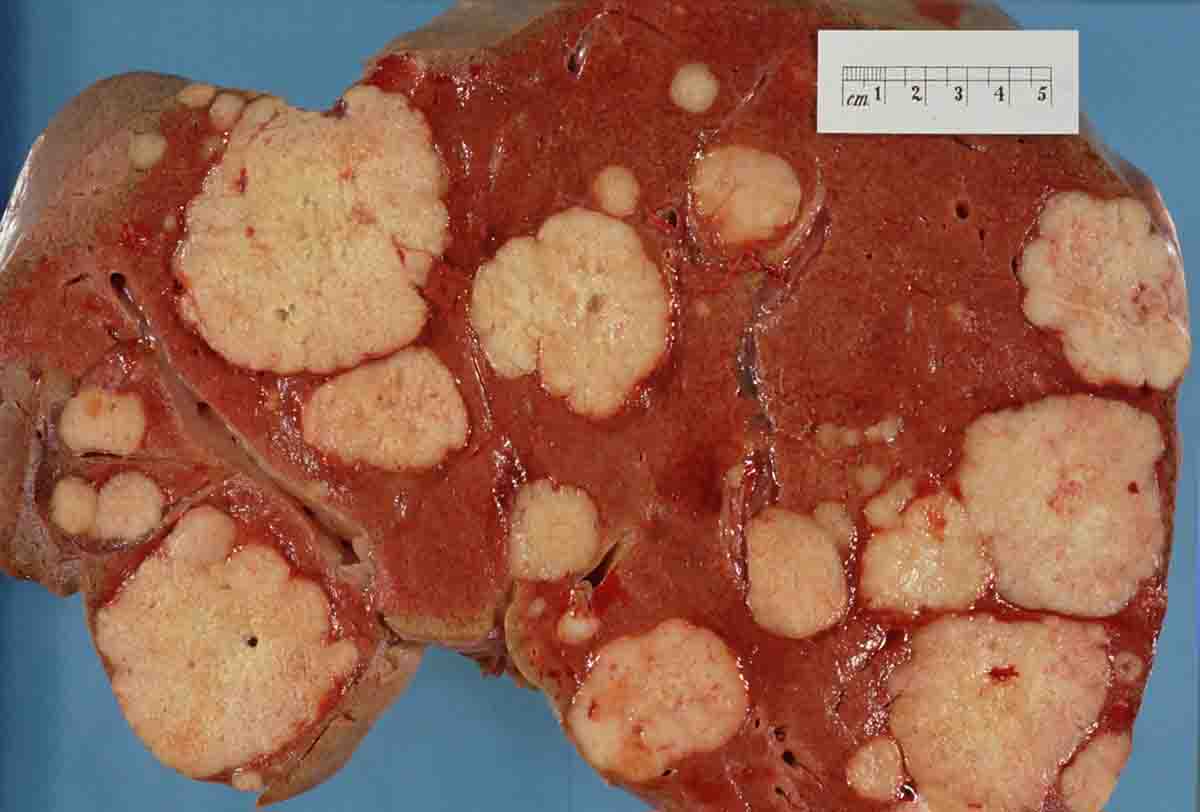
Pancreas is located in the abdominal cavity, behind the stomach, and it’s consisted of the 3 parts, calles the head body and pancreas tail. This organ is responsible for secretion of many enzymes, including insulin, secretin, glucagon, Somatostatin and other digestive enzymes.
In most cases pancreatic cancer appear in the pancreas head. It can be caused by various reasons, but the most common cause is poor diet, rich in cooked food. Other potential causes of pancreatic cancer include weakened immune system, exposure to some toxins, lack of oxygen and acidic pH balance.
Except in the pancreas, enzymes are also present in the raw food we eat. If someone eats only cooked food, his/hers pancreas must work harder to compensate the lack of certain enzymes, especially trypsin. This enzyme can protect the human organism from the cancerous cells, damaging them and exposing to white blood cells to be destroyed completely. People that don’t eat fresh fruits and vegetables are therefore at greater risk of developing pancreatic cancer, since they would lack trypsin.
Risk factors for developing pancreatic cancer are alcoholism, smoking and diet rich in fat food.
Symptoms and Treatment
Symptoms of pancreatic cancer are not specific. Yellowing of the eyes or the skin (jaundice) might get people to visit their doctor and suspect some problem with the pancreas. Patients might also experience fever, weight loss, itching, back pain or in some cases diabetes.Conventional treatments include surgical procedures known as Whipple procedure and distal pancreatectomy. These surgeries include surgical removal of the pancreas head or tail, but also partial removal of some other organs, such as small intestine, gall bladder and bile duct. After the surgery, patients could suffer from nausea, different infections or transient diabetes.
Targeted drug treatment includes specific medications, designed to target cancer cells.
Chemotherapy and radiation are also available for these patients. In some cases, especially if the cancer is not resectable (operable), doctors decide to use both of these therapies together.
Alternative Therapy
Some treatments can be used along the conventional cancer therapy. Patients could choose to follow a specific diet plan, known as Budwig diet and find out to be helpful in many cancer-fighting patients. People on this diet are advised to eat plenty of raw food and nuts and avoid all kinds of sugar.
Some other alternative options might involve: high body temperature treatment, deep tissue and Swedish massage, biophotonic light treatment or emotional freedom techniques. All these therapies are designed to increase both mental and physical strength of cancer patients and aid the destruction and removal of cancer cells and toxins from the body.


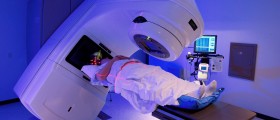
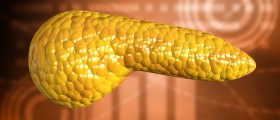



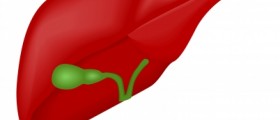


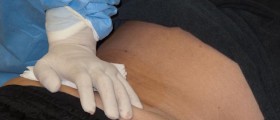
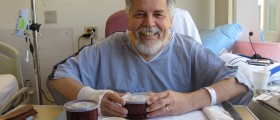

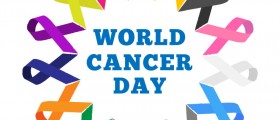
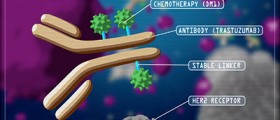


Your thoughts on this
Loading...